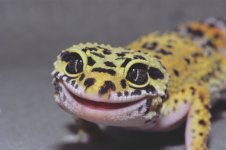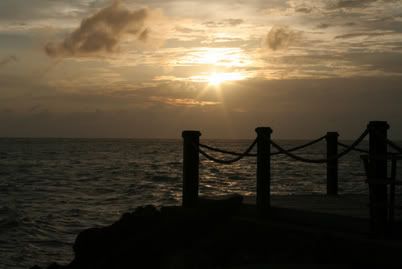Actually I have done quite a bit of informal camera work with 35mm cameras. Started out with a Canon, then progressed to a Nikon, and now use Fuji digital bodies that work with my Nikon lenses.
All a camera body really does is to try to accurately give the film (or digital imaging surface) the correct amount of light in order to create a proper exposure. There are BOOKS on this topic, though! Shutter speed is the length of time the shutter remains open, and the numbers can get confusing. Most shutter speeds will have the slowest speed in seconds, and then as the shutter speeds get progressively faster, going to fractions of a second. I think one of my cameras will do 1/8,000 of a second. The slower the shutter speed the MORE light it allows in for exposure. Some of the older 35mm cameras had a setting indicated by a "B" (which means "bulb" for some reason), which basically means that the shutter will remain open as long as the shutter button is depressed. I used this quite a bit to capture lighting shots over the Gulf of Mexico many years ago. That's about the only way to do it, unless your camera has *true* thru the lens metering (TTL). But that is another topic entirely....
The amount of light a lens will actually allow through it for an exposure is generally controlled by a variable aperture. A lens is often rated more by the LARGEST aperture which will often be referred to as a FAST lens. This is because the larger the aperture, the more light it will let in, and the faster you can set the shutter speed to get a proper exposure. But all lenses will have a variable setting from largest to smallest aperture. Paradoxically, the smaller the aperture number, the larger the aperture.
Now you may wonder why in the world anyone would want to purposely use a small aperture, now wouldn't you? Well it would be true that it seems kind of useless, except for something called "depth of field". What that means is, how much of the picture is actually in focus from the center of where the image is actually focused, to a point in front of and in back of that point. The larger the aperture (smaller number, remember) the more narrow the depth of field. And conversely, the smaller the aperture (larger numeric indicator) the wider the depth of field. This really comes into play more with closeup shots than with very broad panorama shots, but it can be a significant way to control the focusing of attention in the photo you take. For instance, taking a photo of a face in a crowd and wanting to soft focus everyone but that one face will normally require a very narrow depth of field. On the other hand, trying to get a very close image of the eye of a fly would require a wide depth of field or else only a small fraction of that eye will actually be in focus.
So the balancing act is kind of as follows: If you want a wide depth of field, you need to use a smaller aperture, which means a longer shutter speed. Which, of course, could introduce blurring because of camera shake. The slower the shutter speed, the more pronounced this problem will become. Most of the time when you are shooting for depth of field, you will use the aperture priority setting on the camera because that gives you more direct control over the actual aperture, which more clearly indicates what your depth of field will be. But unless you are shooting in a very brightly lit environment, you may find that you need a flash unit (or more than one) in order to get enough light to get a proper exposure with the depth of field you want.
In some cases, depth of field may be completely out of your hands. For instance, trying to take a photo of a shell on bright sunny day with the bright sand as a backdrop will pretty much require that you use the smallest aperture available in order to get a proper exposure. Using the widest aperture will pretty much be impossible to use (without using neutral density filters) as the light being allowed within the camera will be way too great for you to select a fast enough shutter speed to get a good exposure.
On the other hand, shooting a photo of a bug on a flower during late evening and you don't have a flash unit will pretty much require you to use the widest aperture available in order to get the shutter speed high enough that camera shake doesn't ruin the shot for you.
OK brain is turning to mush. Been a long time since I have had to write down this sort of stuff. I would suggest that you pick up a book on general camera techniques. Much of the older 35mm stuff still applies to the new generation digital gear, but there are a whole host of new things which I haven't even completely grasped yet. It is entirely possible now to take absolutely GREAT photos with a camera costing around $100, where it would have been pretty nearly impossible to do so 10 years ago without spending 10 or more times that amount of money for the equipment.
But with photography, NOTHING, I repeat NOTHING beats experience from practice. The newer cameras will help compensate for your mistakes, but you still have to be the one to figure out how best to make that shot be something someone would want to mount on their living room wall.











